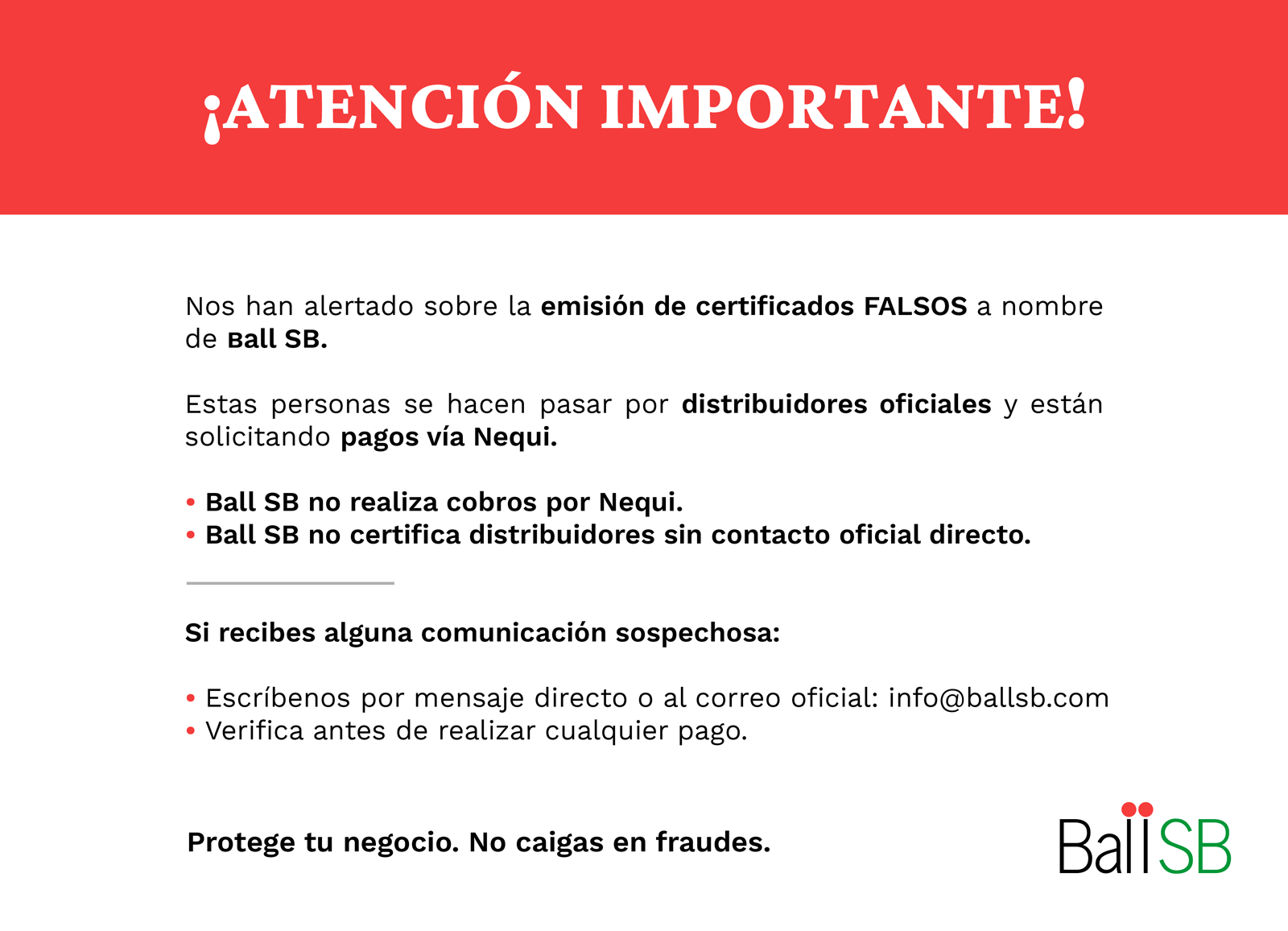Why diversify in crops?
Complementing what our design consultant, Pieter Landman, said in our previous article 'Let's talk about diversification!', we tell you about the great advantages of diversifying in crops.

Pieter mentioned that “the market calls for diversification”. He explained that when you manage to create new combinations, your crop is not only more productive, but it can also produce products that push the sale of your main flowers. Therefore, diversification is a strategy that reduces the economic risk of cultivating more than one species and, additionally, generates positive agronomic and environmental impacts, increasing efficiency in the use of resources.
However, in addition to this great economic advantage, the cultivation of additional cut flowers or using additional cultivation systems in conjunction with the main product, brings a host of benefits to the farm and the land itself.

So, when we talk about diversifying crops, we conclude that it’s a practice that helps maintain a balance between production, innovation, and sustainability.
What are the great advantages of diversifying in crops?
1. The production of a single species increases its susceptibility to pests that limit production and generate significant economic losses. Having more than one cultivated species reduces this susceptibility and gives rise to the presence of greater biodiversity. The arrival of different species of insects can act as biological controllers of pest species, which reduces pesticide applications, generating favorable effects on the environment and reducing production costs.
2. Because each species has different nutrient extraction rates, diversification has a positive impact on the cost of production by reducing the purchase of fertilizers when rotating crops. Additionally, it favors soil conservation, generating greater productivity and sustainability in the long term.
3. Diversifying cut flower crops can also improve your crop yields, as each plant (species) provides different nutrients to the soil.

4. In addition to the previous point, another benefit is that the varieties can be developed to a greater extent thanks to all these nutrients.
5. Crop diversification has a positive impact on the effects of climate change through the ability of local flora to retain carbon and therefore produce less carbon dioxide.

A 2016 report on diversification states that "good soil management helps reduce pest risk, optimize plant water use and improve overall crop yield."
Crop diversification is not "something new", but it is an increasingly interesting and sustainable way of managing a farm. By adding new crops (products), you may increase your income, achieve economic stability, and help create better biodiversity on your land.
It is always worth expanding and going further, innovation is the key to success.


